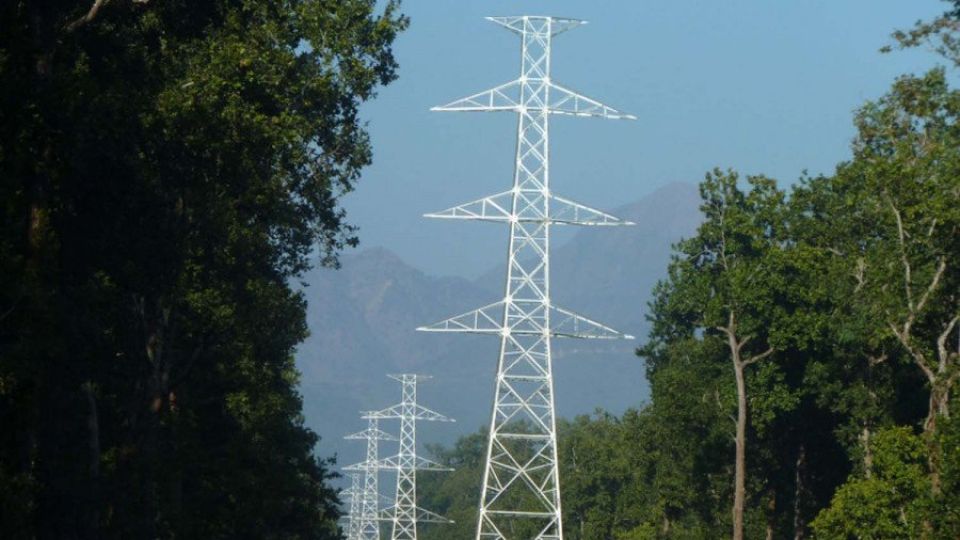December 16, 2022
KATHMANDU – As domestic power production slumped along with the arrival of winter, the Nepal Electricity Authority has resumed buying power from India.
Although the country produces surplus energy during the wet season and exports to its southern neighbour, it has to import electricity in the dry season when demand rises while production, almost all of which is based on run-of-the-river hydropower plants, slumps. The dry season runs from December to April while the wet season lasts from May to November.
“We restarted importing power from India starting late last week,” said Suresh Bhatarai, spokesperson of the Nepal Electricity Authority (NEA). “Domestic power plants are producing just around 1000MW, lower than the peak domestic demands.”
Lately domestic demand for power has been increasing along with cooling temperature as people increasingly use heating systems. On Wednesday afternoon, domestic power demands was 1,548MW, a sharp rise from around 1100-1300MW in October, according to the state-owned power utility body.
The run-of-the river type hydropower projects usually produce less than 40 percent of their installed capacity during the dry season. Though the total installed capacity of power plants including solar is over 2200MW, their production is currently less than half their capacity which is expected to drop further in the days to come.
Bhattarai believes the country will have to continue buying electricity from India in winter for the next few years as construction of power projects and transmission lines to evacuate the power continue to see delays.
Since the country currently has just one reservoir-based power project, Kulekhani, it has been difficult to boost supply during winter, officials said.
According to the NEA, on Wednesday, it purchased 1,969 megawatt hours of electricity from India and sold 661 megawatt hours to the southern neighbour. “Currently, we are selling power when we get higher prices and buying when it’s cheaper,” said Bhattarai. “We may continue exporting power till the third week of December.”
The state-owned power utility body has been exporting power since early June and continues to do so until now. But the export amount has decreased since November amid reduced output.
The NEA has been buying and selling power from and to the day-ahead market of the Indian Energy Exchange Limited, a trading platform, after the southern neighbour in April 2021 opened its market to Nepal only for selling electricity to Nepal. The prices at the market keep changing every hour.
The NEA has sought to buy electricity from the open market of India for six months besides continuing to buy from the day-ahead market under which prices for the next day are determined the previous day and the electricity is traded on a daily basis at different rates.
Issuing a tender notice on September 9, the NEA said it would buy up to 365 megawatts from Indian traders from December 1 to May 31. But the NEA has not yet picked the supplier after India sellers quoted higher-than-expected prices for their electricity.
“The prices quoted by them range from INR 7 (Rs11.2) to INR 8.5 (Rs13.6) per unit,” NEA Managing Director Kul Man Ghising told the Post last month. Four Indian companies participated in the bid, according to him.
The NEA would have considered buying from them if the price range was around INR5 per unit, according to Ghising.


